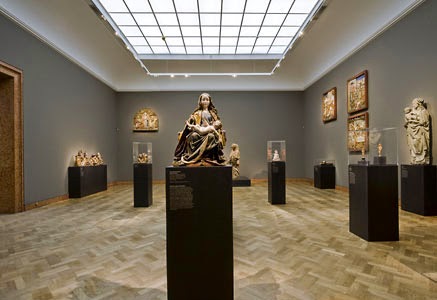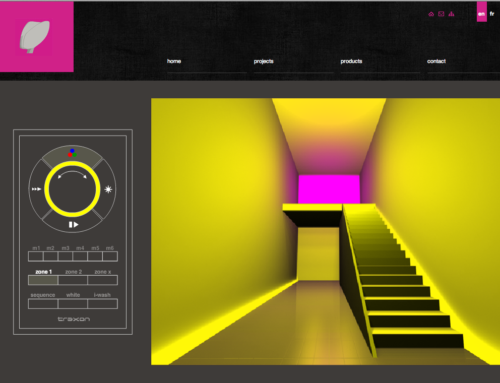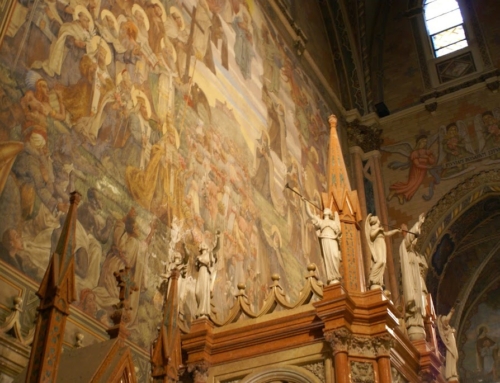In exhibition spaces, the interplay of both daylight and artificial light is of primary importance as each, independently, has its role to play in people’s emotions. Light enhances all the nuances of an object on display and gives it the right dimension to be appreciated by the public.
Exhibition spaces such as museums and galleries require a balanced and accurate lighting between real daylight and added light to emphasize the correct perception of the space, hence, outlining the individual richness of the artwork. The process is clearly articulating the dialogue between light and shadow.
Moreover, in historical contexts such as a museum, or a church, it is important to consider that natural light is often limited to the existing openings. In this case, the use of artificial light beyond the simple role of complement can be rather tricky if not undertaken by expert lighting designers.
In all these exhibition contexts, the variability or adaptability of the light becomes an advantage that can satisfy different and distinct needs. LED technology along with its control systems allows for an unconventional and innovative approach not yet common in the museum sector, let alone in historic buildings such as churches and places of worship.
Controls give the ability to create personalized scenarios to change light in real time. But the ability to control and manage the amount of light provides only a partial answer to the question about how LED light can enhance a space.
Through the accurate selection of white balance, using the correct color rendering scheme, a LED system allows an accurate reading of any type of architecture and artwork. With control systems that act on the appropriate color rendering, the brightness and the spectrum of the emitted beam can be adjusted with extreme accuracy, allowing to obtain the right color shades for each individual work, frescoes, painting and sculptures, while maintaining the proper effect in each individual context.
The result is an excellent vision of the works, well beyond comparison with the one achieved with traditional light sources. LED lighting provides a great versatility because of its wide range of color temperatures, its excellent color saturation, its absence of UV and infrared emission, not forgetting its low-power consumption and a long lifespan. In addition, the performance of LED is such that it becomes possible to limit the thermal stress in exhibition halls at much lower levels diminishing the need to use high power air conditioning systems. All this results in making this lighting the most sustainable source in most contexts.











